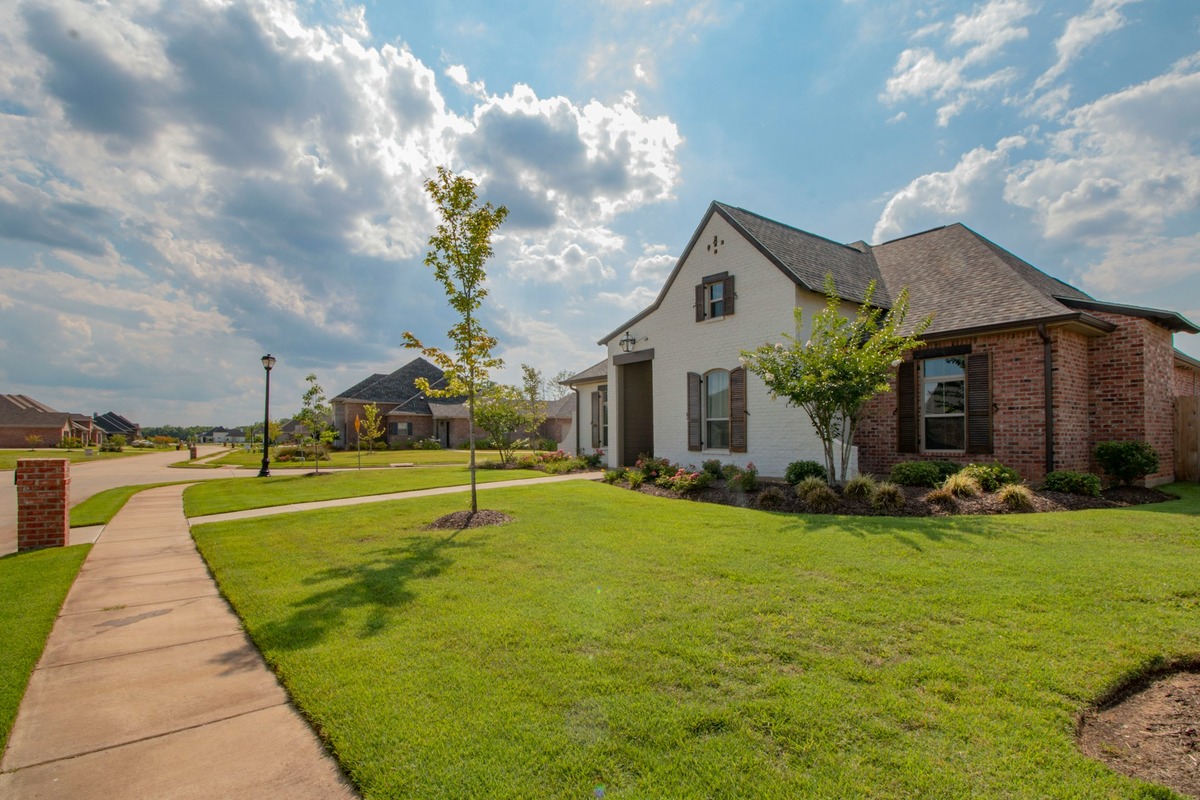Key Takeaways:
- Understanding the shift toward co-living as a popular housing option.
- Benefits of co-living spaces for different demographics.
- The economic impact and investment potential of co-living.
Introduction to Co-Living Spaces
In dense urban environments, where real estate often comes at a premium and isolation can creep in amidst the bustle, a refreshing change is taking root: co-living spaces. These innovative housing solutions combine affordability with a sense of community, offering a modern approach that steps away from traditional perceptions of what a home should be. As the dynamics of cities such as San Francisco continue to evolve, understanding the role of co-living becomes paramount. Consultation with San Francisco real estate experts Applegarth + Warrin may provide greater insight into how co-living fits contemporary urban planning.
Co-living is more than just sharing an apartment; it’s about creating an environment where meaningful interactions occur, residents support each other, and opportunities for collaboration abound. This housing model provides shared facilities, such as kitchens, living areas, and even coworking spaces, designed to foster community engagement. The growing popularity of co-living reflects a broader shift towards living arrangements as not merely practical necessities but as vital elements of one’s social life.
Why People Are Choosing Co-Living
The appeal of co-living lies in its ability to address common urban living challenges. With the perpetual increase in population density and housing costs, many city dwellers find themselves at a crossroads—struggling to maintain financial and social wellness. Co-living deftly merges these considerations by providing a way to reduce expenses while enhancing social connection. The comprehensive benefits of co-living extend beyond affordable rents; they include utilities, maintenance, and sometimes even activities or wellness programs that enrich the residents’ lives.
This model particularly resonates with younger generations accustomed to the gig economy and looking for flexible, inclusive living arrangements. It provides simplicity, allowing residents to focus on what truly matters: engaging with their passions and pursuits while enjoying a cohesive living experience that is less lonely and more rewarding.
Who Benefits Most from Co-Living
Co-living appeals to diverse groups, from young professionals to retirees, offering a hybrid lifestyle that balances personal privacy with social engagement. Unlike standard apartments, co-living spaces foster community interaction and support. Digital nomads who want flexibility and connectivity while traveling are especially fond of this strategy. It helps them quickly integrate into communities and establish meaningful friendships, enhancing their sense of belonging.
The Economic Impact of Co-Living
Co-living’s ripple effects extend beyond individual benefits, significantly impacting local economies. Residents stimulate neighborhood shops and restaurants, boosting local business diversity. The demand for co-living also drives construction and renovation, creating jobs and revitalizing urban areas.
For investors, co-living represents a sustainable and attractive opportunity. Due to competitive pricing and communal benefits, co-living offers higher occupancy rates. This shift has caught the attention of real estate developers, emphasizing co-living’s rising importance in modern urban planning.
Investment Potential in Real Estate
Co-living offers a viable alternative in crowded cities with limited and costly real estate. As more individuals choose this lifestyle, it provides sustainable revenue potential for investors through efficient space utilization. Its stability against economic fluctuations, driven by consistent demand, makes co-living appealing. With a growing urban workforce seeking flexible and affordable living solutions, co-living environments are poised for significant growth and sustainability in the real estate market.
The Future of Co-Living
The future of co-living looks bright as it addresses key urban challenges such as affordable housing, community building, and sustainable living. With a growing preference for interaction and shared experiences, co-living spaces will likely play a significant role in urban development. As trends like remote work gain traction, the demand for co-living will increase, further integrating it into city planning and housing strategies.
Conclusion
Co-living spaces represent a shift in how we view living arrangements, transforming them into enriched lifestyle choices. As a growing part of urban real estate, co-living addresses housing shortages fosters social interaction, and promotes financial sustainability. Consulting with experts can help individuals explore new opportunities in this emerging housing sector.










